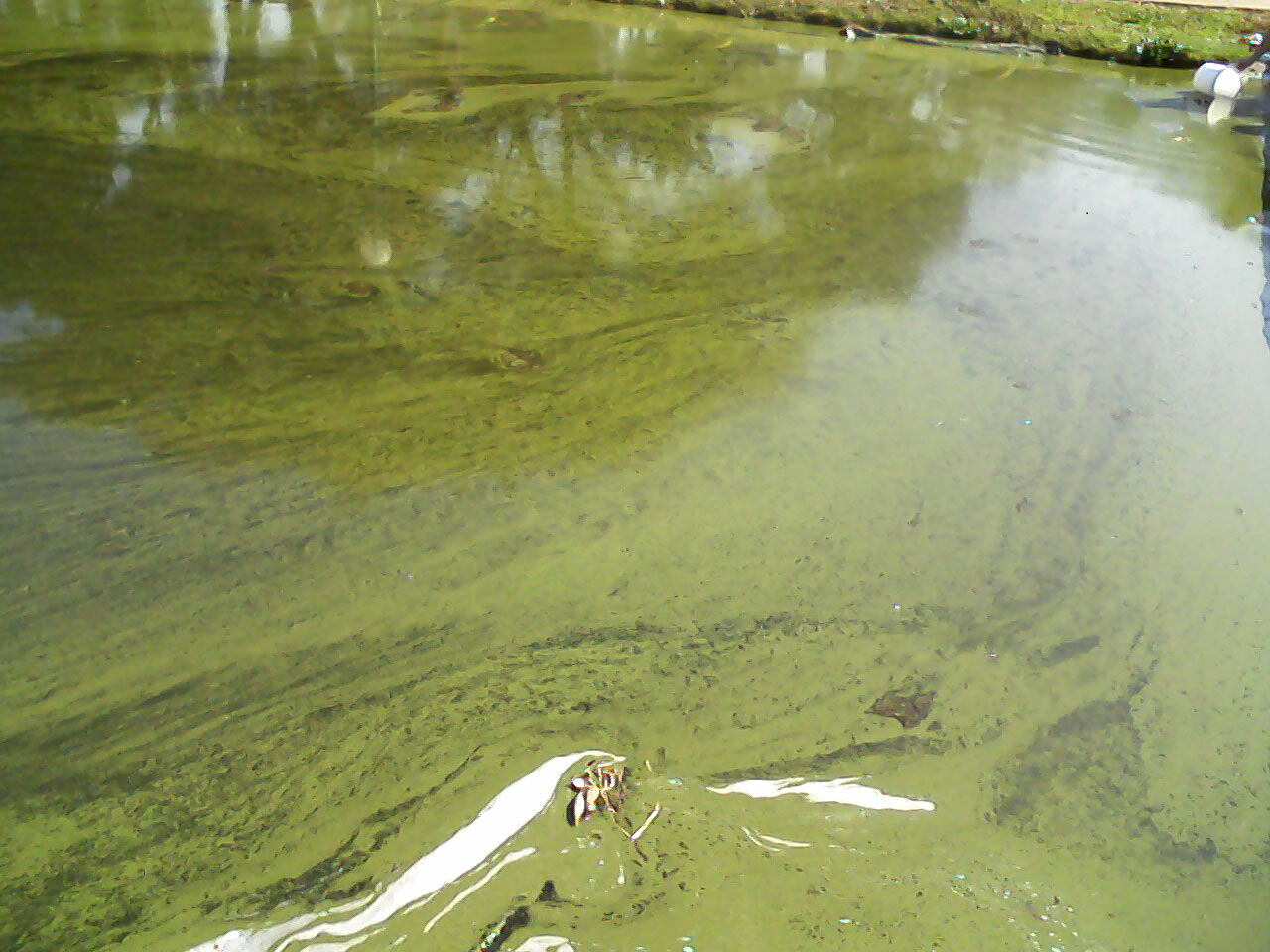Influences of microalgae biomass on the thermal behaviour of waste coal fines
DOI:
https://doi.org/10.17159/2413-3051/2019/v30i1a5452Keywords:
coal-microalgae blends, microalgae biomass, waste coal, thermalAbstract
For this study, waste coal fines were treated with live microalgae slurry at varying biomass ratios to form coal-microalgae blends. The parent samples and the coal-microalgae blends were analysed for their proximate, ultimate and calorific values. Thermogravimetric experiments were performed on the parent samples and coal-microalgae blends under inert conditions. The aim was to investigate the effects of loading live microalgae slurry onto the waste coals with respect to the overall chemical and thermal characteristics of the coal. Based on the analysed results, the blending of microalgae slurry with coal has been shown to enhance thermal decomposition of coal. Coal-microalgae blends have a higher hydrogen content and volatile matter content than coal. Moreover, the presence of microalgae results in faster rates of decomposition at lower temperatures (200–400 ºC), and lower residual mass fraction. The blending of microalgae slurries with waste coal appears to be suitable for enhancing the thermal reactivity of waste coal as well as improving the thermal conversion of waste coal.
Downloads
References
Bhagavatula, A., Huffman, G., Shah, N and Honaker, R. 2014. Evaluation of thermal evolution profiles and estimation of kinetic parameters for pyrolysis of coal/corn stover blends using thermogravimetric analysis. Journal of Fuels 2014: Article ID 914856. 1–12.
Blesa, M.J., Miranda, J.L., Moliner, R and Izquierdo, M.T. 2003. Low-temperature co-pyrolysis of a low-rank coal and biomass to prepare smokeless fuel briquettes. Journal of Analytical and Applied Pyrolysis 70 (2): 665–677.
https://doi.org/10.1016/S0165-2370(03)00047-0
Brennan, L and Owende, P, 2010. Biofuels from microalgae: A review of technologies for production, processing, and extraction of biofuels and co-products: Journal of Renewable and Sustainable Energy Reviews 14 (2): 557–577.
https://doi.org/10.1016/j.rser.2009.10.009
BP 2015. BP statistical review on world energy. Available online at http://bp.com/statisticalreview.
Cai, J., Wang, Y. and Zhou, L. 2008. Thermogravimetric analysis and kinetics of coal/plastic blends during co-pyrolysis in nitrogen atmosphere. Fuel Processing Technology 89 (1): 21–27.
https://doi.org/10.1016/j.fuproc.2007.06.006
Chao, C.Y.H., Kwong, P.C.W., Wang, J.H., Cheung, C.W and Kendall, G. 2008. Co-firing coal with rice husk and bamboo and the impact on particulate matters and associated polycyclic aromatic hydrocarbon emissions. Bioresource Technology 99 (1): 83–93.
https://doi.org/10.1016/j.biortech.2006.11.051
Chen, C., Ma, Α and He, Y. 2012. Co-pyrolysis characteristics of microalgae Chlorella vulgaris and coal through TGA. Bioresource Technology 117. 264–273.
Chisti, Y. 2007. Biodiesel from microalgae: Journal of Biotechnology Advances. 25 (3): 294–306.
https://doi.org/10.1016/j.biotechadv.2007.02.001
Chukwu, M., Folayan, G.Y., Pam, G.Y. and Obad, D.O. 2016. Characterization of some Nigerian coals for power generation. Journal of Combustion: 2016, Article ID 9728278, 1–11.
Department of Minerals and Energy. 1998. White Paper on the Energy Policy of the Republic of South Africa (RSA)
Debiagi, P, E, A., Trinchera, M., Frassoldati, A., Faravelli, T., Vinu, R and Ranzi, E. 2017. Algae characterization and multistep pyrolysis mechanism. Journal of Analytical and Applied Pyrolysis 128: 423–436.
https://doi.org/10.1016/j.jaap.2017.08.007
Ferrara, F., Orsini, A., Plaisant, A., Pettinau, A. 2014. Pyrolysis of coal, biomass and their blends: Performance assessment by thermogravimetric analysis. Bioresource Technology: 171. 433–441.
https://doi.org/10.1016/j.biortech.2014.08.104
Fermoso, J., Arias, B., Gil, M.V., Plaza, M.G., Pevida, C., Pis, J.J and Rubiera, F. 2010. Co-gasification of different rank coals with biomass and petroleum coke in a high-pressure reactor for H2- rich gas production. Bioresource Technology 101 (9): 3230–3235.
https://doi.org/10.1016/j.biortech.2009.12.035
Gaqa, S and Watts, P. 2018. The agglomeration of coal fines using microalgae biomass. Journal of Energy in Southern Africa 29 (2): 43–50.
https://doi.org/10.17159/2413-3051/2018/v29i2a3469
Hashimoto, K., Miura, K. and Ueda, T. 1986. Correlation of gasification rates of various coals measured by a rapid heating method in a steam atmosphere at relatively low temperatures. Fuel 65 (11):1516–1523.
https://doi.org/10.1016/0016-2361(86)90327-3
Idris, S.S., Rahman, N.A., Ismail, K., Alias, A.B., Rashid, Z.A and Aris, M.J. 2010. Investigation on thermochemical behaviour of low rank Malaysian coal, tar palm biomass and their blends during pyrolysis via thermo gravimetric analysis. Bioresource Technology 101 (12): 4584–4592.
https://doi.org/10.1016/j.biortech.2010.01.059
Kirtania, K and Bhattacharya, S. 2013. Pyrolysis kinetics and reactivity of algae-coal blends. Biomass and Bioenergy 55: 291–298.
https://doi.org/10.1016/j.biombioe.2013.02.019
Kumabe, K., Hanaoka, T., Fujimoto, S., Minowa, T and Sakanishi, K. 2007. Co-gasification of woody biomass and coal with air and steam. Fuel 86 (5-6): 684–689.
https://doi.org/10.1016/j.fuel.2006.08.026
Mata, M.T., Martins, A.A. AND Caetano, N.S. 2010. Microalgae for biodiesel production and other applications: A review. Journal of Renewable and Sustainable Energy Reviews 14 (1): 217–232.
https://doi.org/10.1016/j.rser.2009.07.020
Miao, X.L., Wu, Q.Y and Yang, C.Y. 2004. Fast pyrolysis of microalgae to produce renewable fuels. Journal of Analytical and Applied Pyrolysis 71 (2): 855–863.
https://doi.org/10.1016/j.jaap.2003.11.004
Moghtaderi, B., Meesri, C and Wall, T.F. 2004. Pyrolytic characteristics of blended coal and woody biomass. Fuel 83 (6): 745–750.
https://doi.org/10.1016/j.fuel.2003.05.003
Quan, C and Gao, N. 2016. Copyrolysis of biomass and coal: A review of effects of parameters, product properties, and synergistic mechanisms. BioMed Research International. 2016, Article ID 6197867, 1–11.
Vamvuka, D, Kakaras, E, Kastanaki, E and Grammelis. P. 2003. Pyrolysis characteristics and kinetics of biomass residuals mixtures with lignite. Fuel 82 (15-17): 1949–1960.
https://doi.org/10.1016/S0016-2361(03)00153-4
Vuthaluru, H.B. 2004. Thermal behaviour of coal/biomass blends during co-pyrolysis. Fuel Processing Technology 85 (2-3): 141–155.
https://doi.org/10.1016/S0378-3820(03)00112-7
World Coal Institute. WCI. 2007. The coal resource: A comprehensive overview of coal. Available online at http://www.worldcoal.org.
Zhang, L., Αu, S and Liu, S. 2007. Co-pyrolysis of biomass and coal in a free fall reactor. Fuel 86 (3): 353–359.

Downloads
Published
Issue
Section
License
Copyright (c) 2019 Hope Baloyi, Gary Dugmore

This work is licensed under a Creative Commons Attribution-ShareAlike 4.0 International License.



.png)